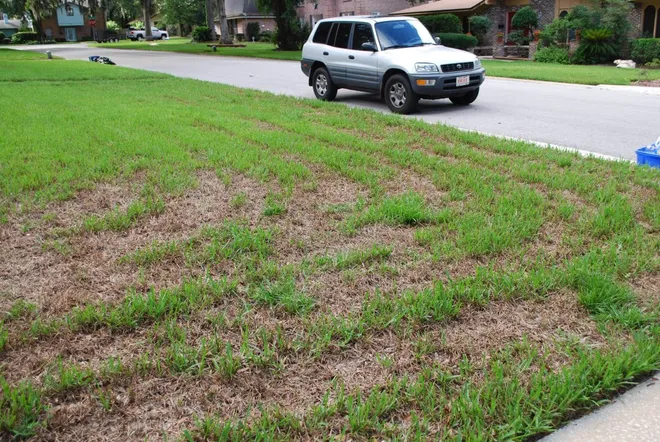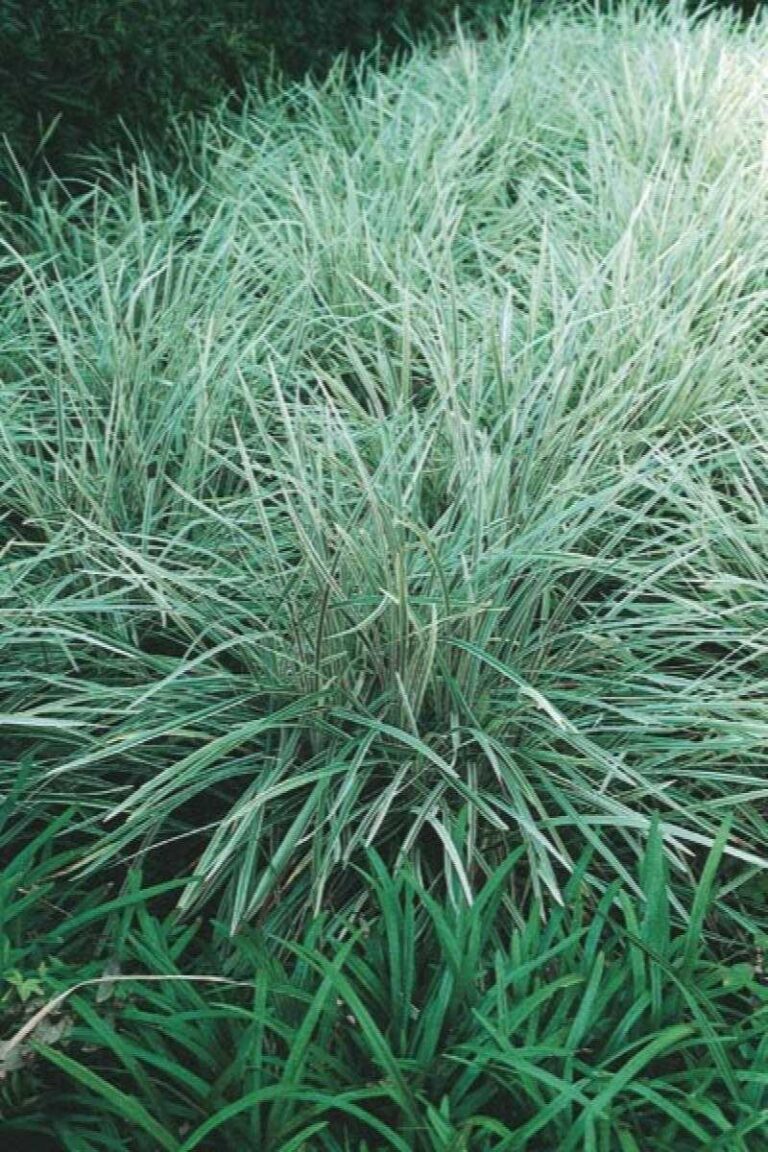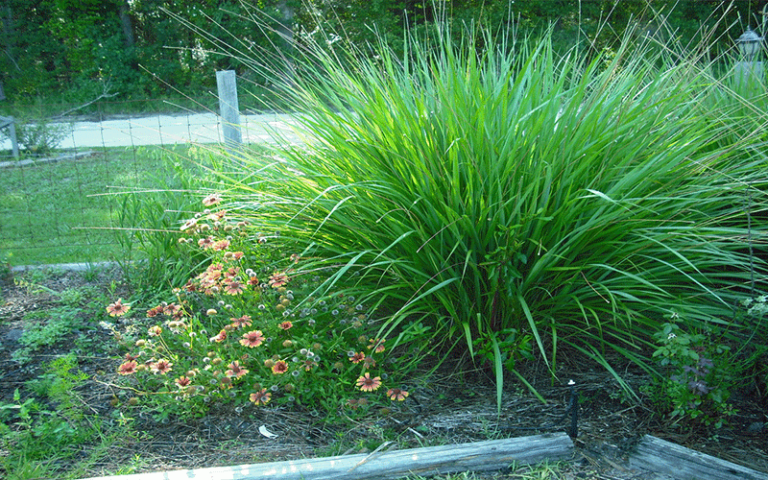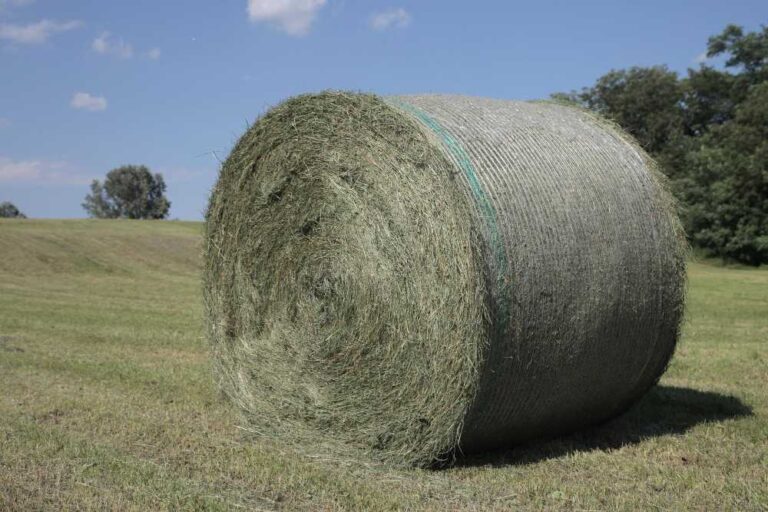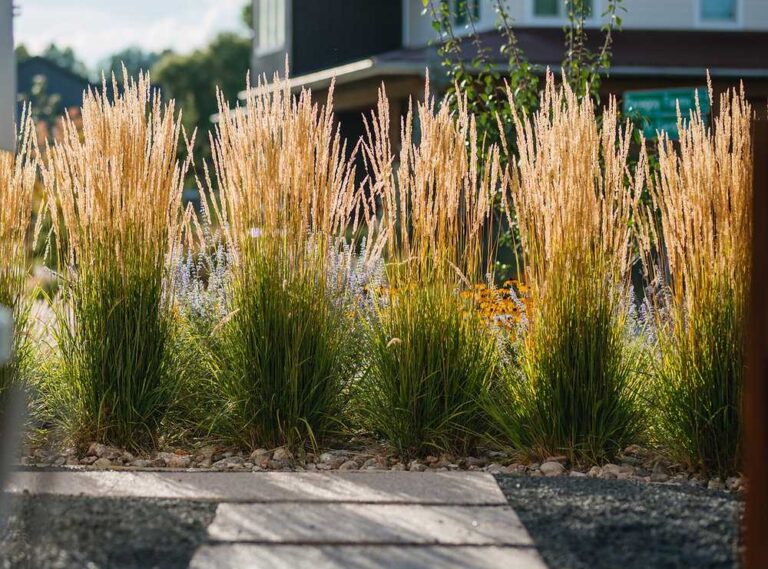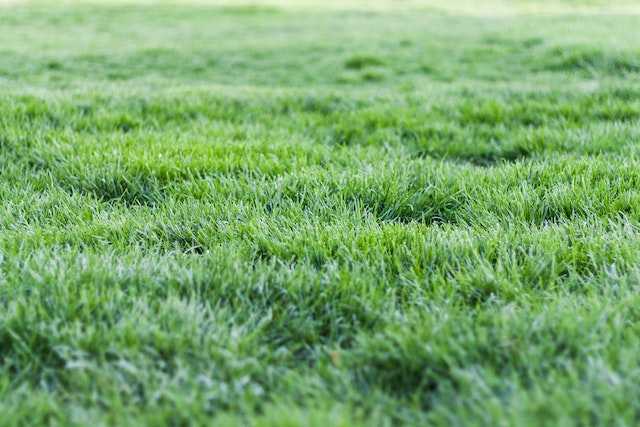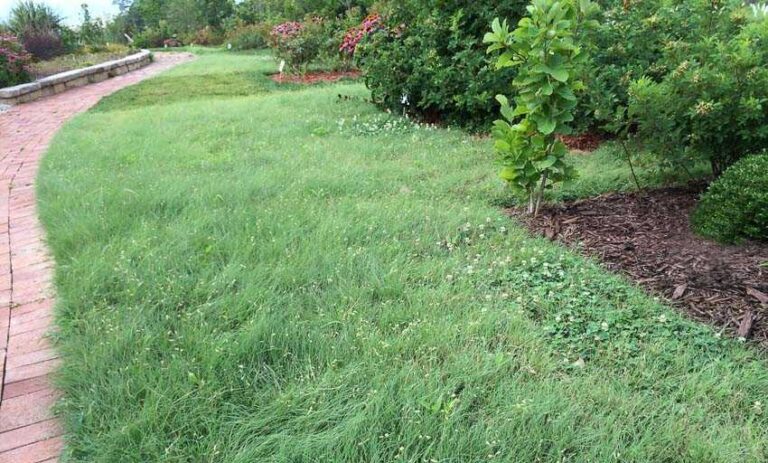How to Make St. Augustine Grass Spread Quickly: 8 Proven Strategies
If you’ve ever dreamed of having a lush, carpet-like lawn that’s both inviting and aesthetically pleasing, then St. Augustine grass might be the answer to your landscaping aspirations. With its vibrant green hue and robust growth potential, St. Augustine grass has captured the hearts of homeowners across various climates.
However, the secret to achieving that velvety, thick St. Augustine grass lies in understanding how to make it spread quickly and grow thicker. In this comprehensive guide, we’re about to unveil eight highly effective strategies that will empower you with the knowledge and techniques needed to transform your lawn into a verdant paradise.
From soil preparation and precise fertilization to mastering proper mowing practices and pest management, we’ll cover every facet of how to make your St. Augustine grass spread quickly and grow thicker. Whether you’re starting a new lawn project or aiming to revitalize your existing one, these tried-and-true methods will set you on the path to cultivating a St. Augustine grass lawn that’s not only healthy and resilient but also the envy of your neighborhood.
1. Choose the Right Variety
The first step in understanding how to make your St. Augustine grass spread quickly is choosing the appropriate grass variety for your region. The different varieties of St. Augustine grass exhibit unique traits and thrive in specific climates and soil conditions. Therefore, begin by assessing your local climate and environmental factors to ensure you select a grass variety tailored to your region’s specific needs. St. Augustine grass varieties vary in their tolerance to heat, cold, shade, and drought. Assess your local climate, temperature ranges, and sun exposure to determine which variety best fits your specific conditions.
In regions with scorching summers, you might opt for varieties like ‘Floratam’ or ‘Bitterblue,’ which exhibit excellent heat tolerance. Conversely, in areas with colder winters, cold-resistant varieties like ‘Palmetto’ or ‘Raleigh’ can ensure your lawn remains green and healthy year-round.
Soil type is another crucial factor. Different St. Augustine grass varieties have varying preferences for soil types, such as sandy or clay soils. Conduct a soil test to determine your soil’s characteristics, ensuring it matches the chosen variety’s requirements.
Consult with local experts, nurseries, or your local agricultural extension office to gather insights on which St. Augustine grass varieties have proven successful in your area. They can provide valuable recommendations based on your region’s specific challenges and opportunities.
By choosing the right St. Augustine grass variety tailored to your climate and soil conditions, you’ll create the optimal environment for rapid spreading and lush growth. This strategic selection ensures your lawn thrives and becomes the lush, green oasis you desire.
2. Prepare the Soil for Your St. Augustine Grass Plugs
Proper soil preparation is crucial when planting St. Augustine grass plugs. This meticulous soil preparation ensures your plugs have the best conditions to establish themselves and thrive in your lawn.
Start by removing any existing grass, weeds, or debris from the planting area. A thorough weed removal process is essential, as weeds can compete with the newly planted St. Augustine plugs for resources and hinder their growth.
After removing weed, perform a soil test to assess your soil’s pH level and nutrient composition. St. Augustine grass flourishes in soil with a slightly acidic pH ranging from 6.0 to 7.5. Depending on the test results, you may need to make soil adjustments. If you realize the pH is too high, apply lime to bring it within the ideal range, and if it’s too low, you can add sulfur to raise it appropriately.
Prior to planting, ensure you adequately prepare the soil in your designated planting area by loosening it to a depth of about 4 to 6 inches. This preparatory step promotes better root penetration, encourages healthy drainage, and allows optimal nutrient absorption, setting the stage for successful St. Augustine grass growth.
Lastly, consider incorporating organic matter into the soil, such as well-rotted manure or compost. Organic matter helps improve soil structure, enhances water retention, and provides essential nutrients for the developing grass plugs.
By meticulously preparing the soil for your St. Augustine grass plugs, you create a strong foundation for their growth and ensure that your lawn establishes itself quickly and thrives, resulting in a lush and vibrant outdoor space.
3. Apply the Right Fertilizer During the Active Growing Season
Fertilizer application for St. Augustine grass requires a tailored approach to meet the specific needs of this warm-season grass variety. St. Augustine grass is known for its lush, green appearance, but achieving and maintaining this vibrancy depends on proper nutrient management.
To begin, selecting a fertilizer that suits the requirements of St. Augustine grass is essential. Look for a balanced fertilizer with a ratio of 3-1-2 or 4-1-2 (nitrogen-phosphorus-potassium), suitable for promoting steady growth, root development, and overall health. Ensure that your fertilizer also contains essential micronutrients like iron, manganese, and magnesium, as St. Augustine grass can benefit from these trace elements.
Timing plays a crucial role in fertilizer application for St. Augustine grass. Consider applying fertilizer during the active growing season, typically in late spring and early summer, when the grass is actively taking up nutrients. Apply fertilizer again in late summer or early fall to maintain the grass’s vigor as it heads into the cooler months.
Proper application rates are essential to prevent over-fertilization, which can lead to excessive growth and thatch accumulation. Follow the recommended guidelines on the fertilizer packaging and avoid applying more fertilizer than necessary.
Additionally, ensure even distribution by using a broadcast spreader to avoid uneven patches of growth. Water your lawn immediately after fertilization to activate the nutrients and prevent any potential burn from the fertilizer.
In summary, fertilizing St. Augustine grass involves choosing a balanced fertilizer, applying it during the active growing season, following recommended rates, and ensuring even distribution. This approach will help you maintain a lush and healthy St. Augustine grass lawn that’s both aesthetically pleasing and robust against environmental stressors.
4. Ensure Proper Watering
Watering is a critical aspect of St. Augustine grass care. The key is to provide consistent moisture without overwatering or underwatering. Here’s how to make St. Augustine grass spread quickly with proper watering:
- Deep, Infrequent Watering: St. Augustine grass prefers deep, infrequent watering over shallow, frequent irrigation. Deep watering encourages the development of deep roots, making the grass more resilient to drought and stress. Aim to provide around 1 to 1.5 inches of water per week, either through rainfall or irrigation.
- Morning Watering: Water your lawn early in the morning to allow the grass blades to dry before evening. Wet grass at night can become susceptible to fungal diseases. Watering in the morning also reduces water loss due to evaporation.
- Use a Sprinkler System: An automatic sprinkler system can help ensure even and consistent watering. Consider adjusting the watering schedule based on weather conditions since your lawn may need more water during hot and dry periods.
- Monitor Soil Moisture: Check the soil’s moisture level using a soil moisture meter or simply digging a small hole. Water when the top 1 to 2 inches of soil feels dry. Avoid watering to the point of runoff, which can lead to nutrient loss and water wastage.
5. Proper Mowing Techniques
Proper mowing techniques are key in understanding how to make St. Augustine grass spread quickly and develop a thick, healthy lawn. St. Augustine grass, known for its lush appearance and rapid growth, benefits from meticulous mowing practices that encourage lateral spread and discourage weed intrusion.
First and foremost, it’s crucial to adhere to the recommended mowing height for St. Augustine grass, typically between 2.5 to 4 inches. Maintaining this height ensures that the grass canopy remains dense, shading out potential weeds and promoting the formation of runners, facilitating its spread.
Avoid the temptation to scalp your lawn by cutting more than one-third of the grass blade’s height at once. Scalping weakens the grass and makes it more vulnerable to stress and disease. Instead, mow regularly but never remove more than one-third of the grass blade in a single mowing session.
Keep your mower blades sharp to create clean, precise cuts rather than tearing the grass. Torn grass is more susceptible to diseases and pest infestations. Mow when the grass is dry to prevent clumping and uneven cuts.
It’s also beneficial to leave grass clippings on the lawn after mowing, a practice known as grasscycling. Grasscycling returns valuable nutrients to the soil as the clippings decompose, providing natural fertilization that promotes thicker growth.
By implementing these proper mowing techniques, you’ll create the ideal conditions for St. Augustine grass to spread quickly, develop a lush, thick carpet of green, and thrive in your outdoor space.
6. Ensure Regular Aeration
Regular aeration is a beneficial practice for maintaining the health and vitality of your St. Augustine grass lawn. Aeration involves perforating the soil with small holes to improve air, water, and nutrient penetration to the grassroots. This process promotes a healthier root system and overall lawn vigor.
For St. Augustine grass, aeration is particularly valuable in regions with compacted soil, as it can help alleviate soil compaction that can hinder root growth and impede the grass’s ability to absorb essential nutrients. By creating channels in the soil, aeration facilitates better oxygen exchange and enhanced water infiltration, allowing the grass to develop deeper and more robust roots.
Aerate the soil during the growing season when the grass is actively growing and can recover quickly. Depending on your location, this could be in late spring or early summer. It’s recommended to use a core aerator, which removes small plugs of soil, rather than a spike aerator, which pokes holes without removing soil. After aeration, consider overseeding with St. Augustine grass seed to further promote thick and healthy growth.
Regular aeration, typically done every one to three years, depending on soil conditions, is vital in ensuring your St. Augustine grass lawn remains lush, resilient, and able to withstand various environmental stresses.
7. Proper Thatch Management
Effective thatch management is a vital component of how to make St. Augustine grass spread quickly and grow thicker. Thatch, the layer of dead grass, roots, and organic matter that accumulates between the soil and the living grass blades, can impede your lawn’s health and lushness if left unaddressed. It restricts the flow of water, nutrients, and air to the roots, hindering their growth and overall vigor.
To ensure proper thatch management for your St. Augustine grass lawn, consider the following techniques:
- Dethatching: To remove excess thatch, use a dethatching machine or a vertical mower during the active growing season, typically in spring or early summer. These machines cut through the thatch layer and bring it to the surface for removal, allowing your grass to breathe and spread more rapidly.
- Aeration: Regularly aerate your lawn by perforating the soil with small holes, promoting air and water infiltration. This practice encourages robust root development and helps prevent thatch accumulation.
- Proper Mowing: Avoid mowing your St. Augustine grass too short, as this can contribute to thatch buildup. Maintain the recommended mowing height to ensure a healthy grass canopy and discourage excessive thatch.
- Overseeding: Introduce new grass seed into your lawn as part of your thatch management strategy. Overseeding can help promote thicker growth and improve the overall density of your St. Augustine grass.
Incorporating these thatch management practices into your lawn care routine can pave the way for a thriving St. Augustine grass lawn that spreads quickly and grows thicker, transforming your outdoor space into a lush and inviting oasis.
8. Pest and Weed Management
Efficient pest and weed management is pivotal in understanding how to make St. Augustine grass spread quickly and grow thicker. St. Augustine grass, while hardy and lush, can be susceptible to various pests and weeds that, if left uncontrolled, can hamper its growth and overall health.
Pest Management: Keeping pests at bay is vital to fostering a thriving St. Augustine grass lawn. Common pests like chinchbugs, armyworms, and grubs can damage the grass, inhibiting its spread. Regular monitoring for signs of infestation, such as yellowing or thinning grass, is crucial. Utilize appropriate insecticides when necessary, following manufacturer guidelines, to address pest issues promptly. Maintaining a healthy lawn through proper fertilization, watering, and mowing can also enhance its resilience against pests.
Weed Management: Weeds compete with St. Augustine grass for essential nutrients, water, and sunlight, impeding its ability to spread and grow thicker. Regularly inspect your lawn for weeds and address them through targeted herbicide applications or manual removal. Apply pre-emergent herbicides in the spring to prevent weeds from germinating. Follow the manufacturer’s recommendations for your specific herbicide, as effectiveness can vary.
Implementing effective pest and weed management strategies can create a conducive environment for St. Augustine grass to flourish. A pest and weed-free lawn will not only allow your grass to spread quickly and grow thicker but also ensure it remains lush and vibrant for years to come, transforming your outdoor space into a green paradise.
Conclusion
Knowing how to make St. Augustine grass spread quickly and grow thicker is the key to achieving a lush, vibrant lawn. By implementing the eight effective strategies discussed earlier, including proper watering, fertilization, mowing, aeration, weed control, and more, you can promote your St. Augustine grass’s rapid and robust growth. Remember that patience and consistent care are essential; results may not be instantaneous, but with dedication, your lawn will flourish. With these techniques in your gardening arsenal, you’ll be well on your way to enjoying a luxuriant carpet of St. Augustine grass that enhances the beauty and comfort of your outdoor space.
